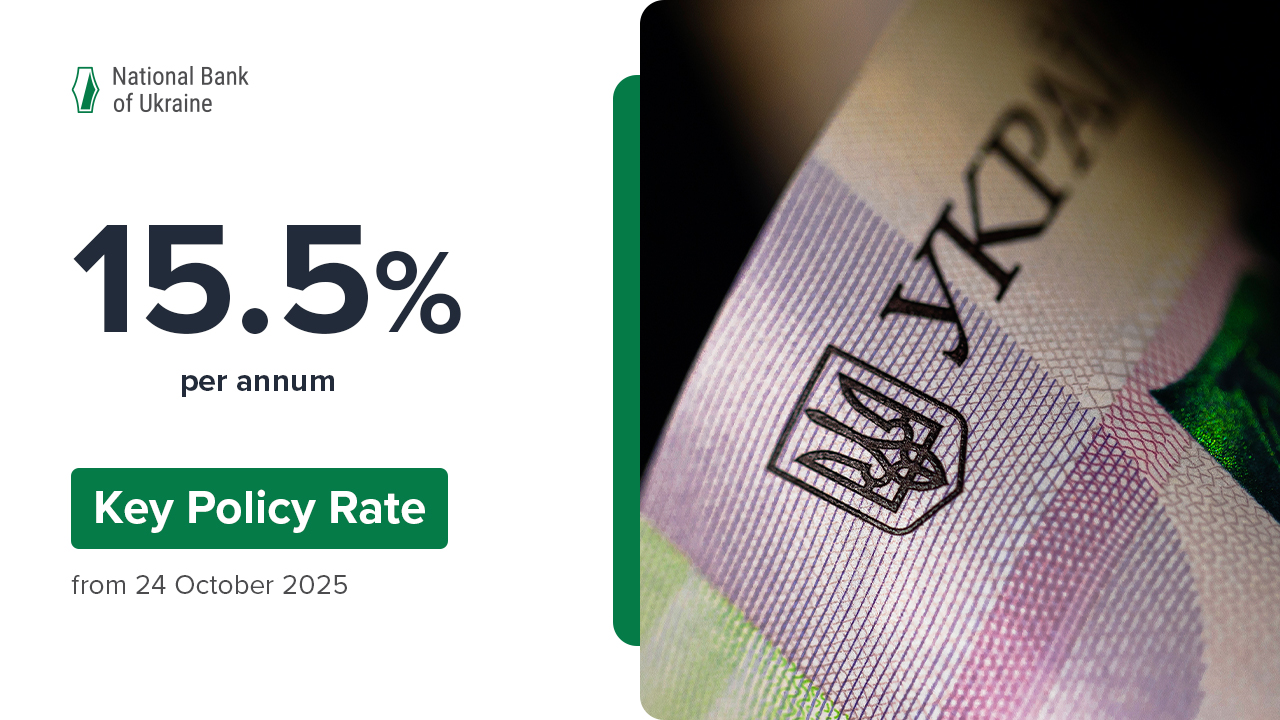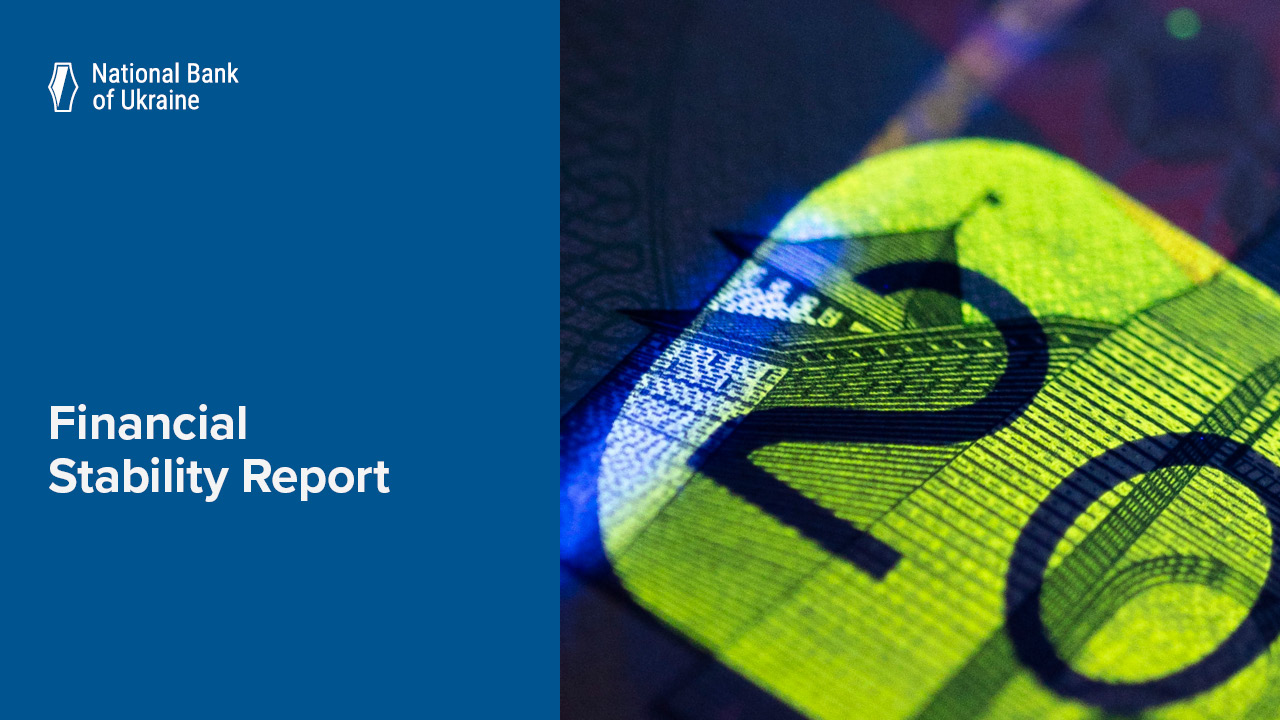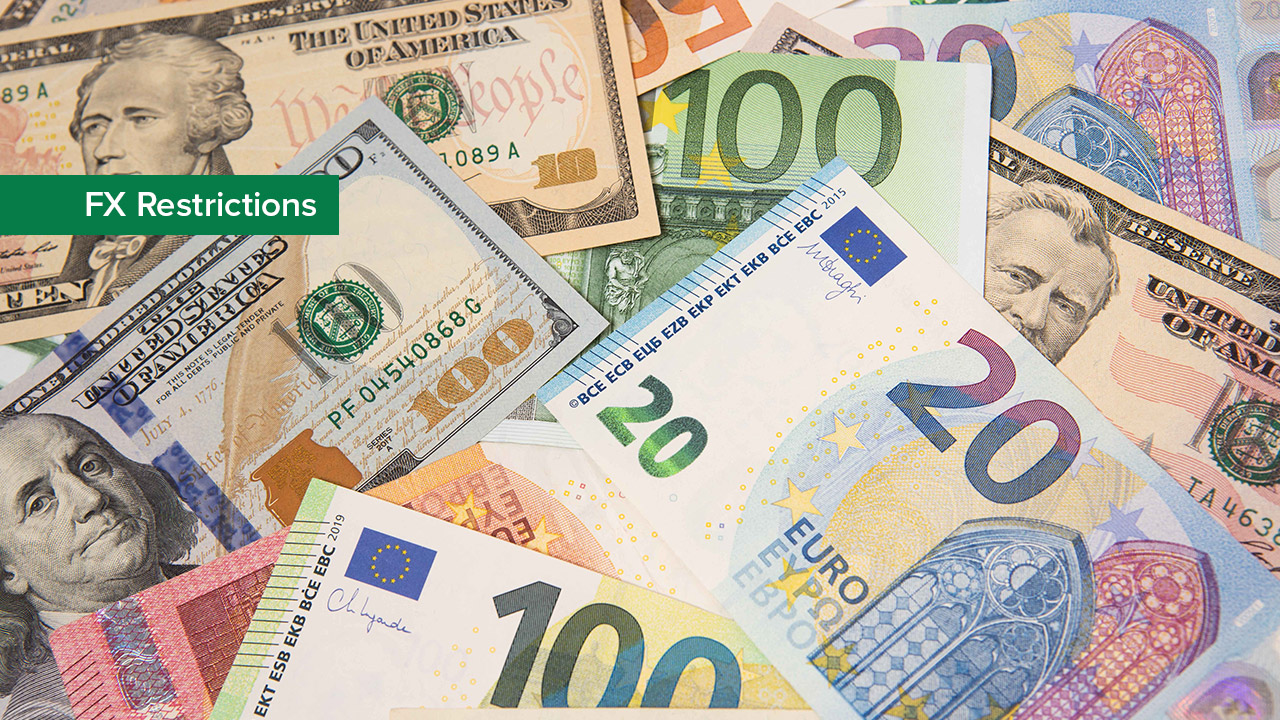The previous year was noted for gradual restoration of trust to the banking system evidenced by increasing deposit inflows. These trends are shown in the preliminary Monetary Statistics Data for December 2017.
In 2017, comprehensive deposit portfolio of the banking system of Ukraine increased by 13.0% or by UAH 102.8 billion to UAH 896.3 billion. In contrast, in 2016, the portfolio increased by 10.7% or UAH 76.7 billion.
At the same time, outstripping growth rates were noted for domestic currency funds. Most advanced rates were seen in hryvnia household deposits. Ukrainians increased hryvnia deposits in solvent banks by 19.4%. In turn, businesses boosted hryvnia deposits in solvent banks by 11.6%. Grounds for this were steady improvement of financial health of businesses, as well as increase in nominal household income.
Value of deposits in 2017 decreased as a result of a decline in the key policy rate of the National Bank of Ukraine (NBU) in H1. However, in Q4, when the NBU shifted to tight monetary policy due to imminent inflation risks, deposit value mostly of short-term deposits rose once again.
In 2017, banks also fostered lending in domestic currency. Over the year, the hryvnia loan portfolio of banks rose by 13.1% or by UAH 65.8 billion to UAH 569.4 billion.
Banks have shown greater rise in household lending. Hryvnia household loans increased by 38.3% yoy primarily due to consumer lending. Boosted demand for household loans was associated with lower borrowing costs, improved consumer sentiment and loosening lending standards.
Over this period the volume of hryvnia loans to business increased by 8.7% triggered by steady improvement of borrowers creditworthiness.
Balances on foreign currency loans (in USD equivalent) continued to decrease for both households and businesses.
Lending was also encouraged by a certain decrease in borrowing costs. In view of decline in costs of funding, over the year, interest rates on new hryvnia loans decreased by 30.4% for households, and by 15.8% for businesses.
For more details on main developments of the monetary market in December 2017 and for the year 2017 overall see theMacroeconomic and Monetary Review (January 2018).







